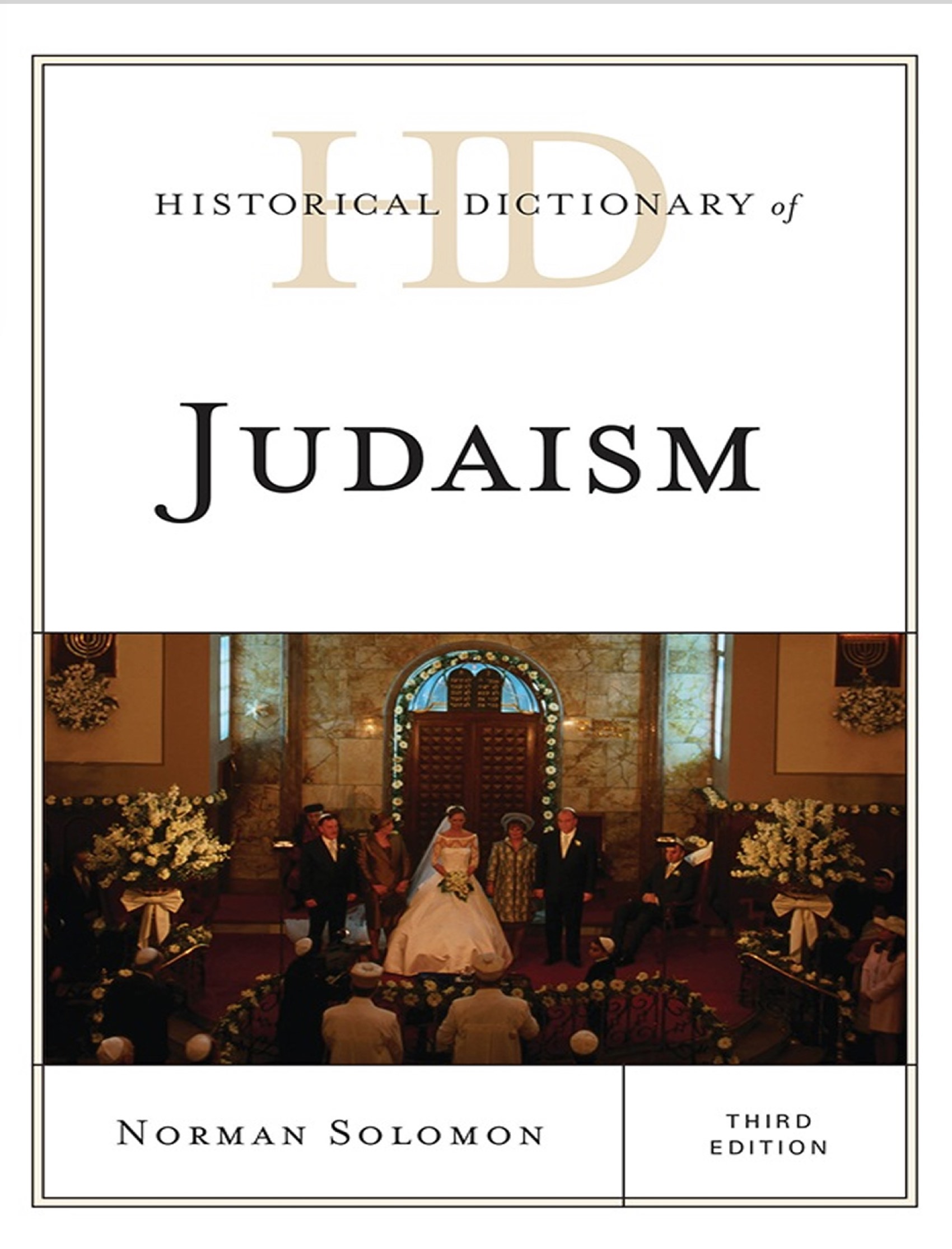Historical dictionary of Judaism
Summary of “Historical Dictionary of Judaism” by Norman Solomon
The “Historical Dictionary of Judaism” (Third Edition) is a comprehensive reference work covering the religion, history, institutions, and key figures of Judaism. Written by Norman Solomon, an academic in Jewish thought, this book presents a glossary of terms, concepts, and major developments in Jewish history.
⸻
1. Structure of the Book
The book consists of several key sections, including:
• A chronological history of Judaism
• An introduction to Jewish history
• A-Z entries on concepts, figures, institutions, and significant events
• Appendices featuring prayers, religious commandments (mitzvot), and Judaism’s relationship with other religions
• A bibliography for further study
⸻
2. Historical Development of Judaism
a) Biblical Judaism
• Judaism originates from the Hebrew Bible (Tanakh), which includes the Torah, Prophets (Nevi’im), and Writings (Ketuvim).
• Abraham is regarded as the patriarch of the Jewish people, and Judaism developed through a covenant with God.
• This period includes the history of the Kingdoms of Israel and Judah, the Babylonian exile (586 BCE), and the eventual return to the Land of Israel.
b) Rabbinic Judaism
• After the destruction of the Second Temple by the Romans in 70 CE, Jewish practice shifted from temple sacrifices to the study of the Torah and Talmud.
• The Mishnah and Talmud (Jerusalem and Babylonian) became the central texts guiding Jewish life.
c) Medieval Judaism
• This period saw the development of Jewish philosophy through scholars like Maimonides (Rambam).
• Kabbalah (Jewish mysticism) emerged alongside theological debates between Judaism, Christianity, and Islam.
d) Modern Judaism
• The 18th and 19th centuries brought reforms in Judaism, leading to different movements such as Reform, Orthodox, Conservative, and Hasidic Judaism.
• Zionism emerged as both a political and religious movement, culminating in the establishment of the State of Israel in 1948.
⸻
3. Key Concepts in Judaism
The book provides detailed explanations of theological ideas and Jewish practices, including:
• Monotheism and the covenantal relationship with God
• Major Jewish holidays such as Passover (Pesach), Hanukkah, and Yom Kippur
• Jewish law (Halakha) and religious commandments (Mitzvot)
• Jewish institutions such as synagogues and rabbinical courts
• The role of rabbis, Kabbalah, and Jewish philosophy
⸻
4. Judaism in the Contemporary World
• Changes in the status of women and LGBTQ individuals within Jewish communities
• Relations between Judaism and Christianity/Islam
• Tensions between secular and religious Jews in modern societies
• The impact of the Holocaust and the creation of Israel on Jewish identity
⸻
Conclusion
This book provides a thorough overview of Judaism from ancient times to the modern era, covering aspects of history, theology, culture, and politics. It serves as a valuable reference for students, researchers, and anyone seeking to understand the evolution of Judaism and its influence on the world today.
